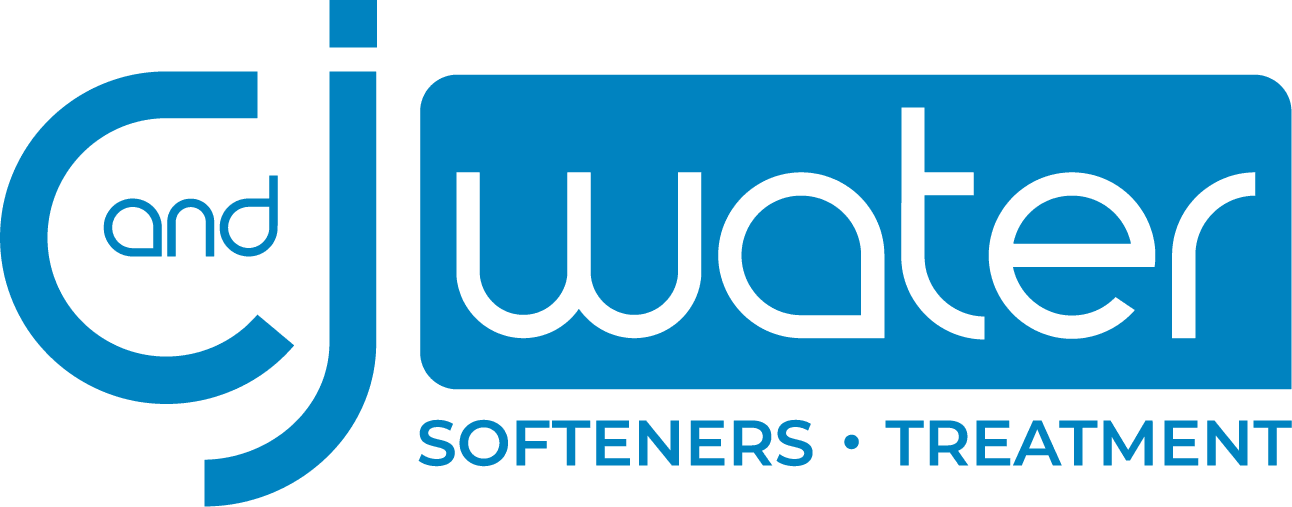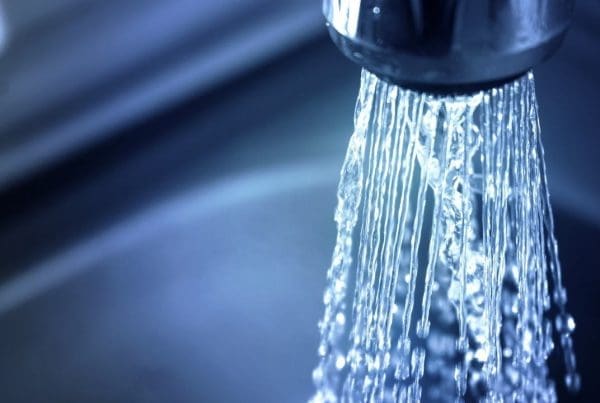Water Softeners and RO Systems
Water with high mineral content such as magnesium and calcium is called hard water. The more dissolved minerals the water has, the harder it becomes. While it’s generally safe to drink it, hard water can lead to costly problems down the road. While it doesn’t really clog the pipes, hard water can clog faucet aerators, showerheads and causes other plumbing issues.
You have hard water when there is chalk buildup in your plumbing fixtures or when you have low water pressure. Other signs include dishes with residue on them, or your water tastes strange or different.
The best way to soften hard water is by installing a Water Softener and a Reverse Osmosis System in your homes.
 Water Softeners VS. Reverse Osmosis
Water Softeners VS. Reverse Osmosis
A Water Softener conditions and reduces the hardness in your water by removing certain minerals. It uses ion exchange to replace calcium and magnesium with other minerals like potassium or sodium.
By installing a water softener, you get quality water in your homes, spotless dishes, and softer hair.
Benefits of water softeners:
Healthier Skin
If you have always used hard water, it is likely that you’re used to feeling dry and needing to apply moisturizers to keep your skin soft. The reason for your drier skin is the dissolved minerals found in hard water. When these minerals are removed, you’ll notice that your skin will become softer and look healthier.
Stronger and Shinier Hair
Soft water doesn’t only do wonders to your skin but also to your hair. Washing with hard water may contribute to brittle and damaged hair. You can eliminate this problem by softening hard water.
Saves you Money
The mineral buildup will not be good for the water heater. When there is mineral buildup, your heater has to work hard. As a result, it will use more energy. More energy means higher utility bills. Install a water softener to reduce mineral buildup in your water heaters.
Hard water is also not good for appliances such as coffee machines, laundry, and dishwashers. The scale buildup may lower their efficiency and shorten their lifespan.
Saves Time
With hard water, it may take you longer to wash your dishes or do the laundry as the minerals don’t react well with soap and detergents. By softening the water, you significantly reduce cleaning time. You can save more money, as you use less detergent.
Reverse Osmosis System
An RO or Reverse Osmosis System filters your water and removes aluminum, copper, chromium, nitrates, chlorides and many others. It can remove solids that your water softener cannot. The tiny holes in the membrane allow only water molecules to flow through, blocking anything bigger than that.
Benefits of installing an RO System:
Environment-friendly
Some homeowners who do not drink hard water purchase bottled water as it’s more convenient. Buying bottled water for your everyday needs contributes to more than 10 million tons of plastic that end up in the oceans every year. You can help the environment by installing an RO system and thereby reducing your need for bottled water. At the same time, you also reduce your carbon footprint.
Cost-Effective
Imagine how much savings you get when you stop buying bottled water for your consumption. With a Reverse Osmosis system, you have access to high-quality and better-tasting water all the time. You can save money and time. There is no need to head to your local stores to purchase bottled water.
Water Softener and Reverse Osmosis: Which is Better?
Reverse osmosis removes dissolved solids, both inorganic and organic forms from your water. However, when it constantly operates on hard water, the system will eventually wear out. You may need to keep replacing it and it will be even more costly. The only way for it to work efficiently is by installing both a water softener and reverse osmosis. By filtering soft water, your system will not work harder. It will be more economical in the long run.
Note: For homeowners who have other water problems such as having a strange taste in the water, you may need to install other filtration systems.
Why You Need to Install Both
Water softeners can remove certain minerals in hard water but it cannot remove all the contaminants. By installing a water softener plus an RO system, you soften the water as well as filter the rest of the contaminants, giving you purified drinking water.
The Water Softener Can Help Extend the Lifespan of Your Reverse Osmosis System
Prolonged exposure to hard water may shorten the lifespan of the RO membrane. This is where a water softener comes in. The water softener can assist your RO system by softening the water first before it reaches the filters, extending the life of your carbon and sediment filters. With softened water, your RO will not have to work as hard, therefore extending its lifespan. You can prevent extra cost from unnecessary wear-and-tear by installing a water softener in addition to a Reverse Osmosis System.
You Get the Purest Drinking Water
The water softener will remove certain minerals in the hard water while the RO system eliminates the rest of the contaminants that may cause some serious health issues. These include PFAS, pesticides, sulfates, and more.
If you want the best tasting and highest quality water, the best way to go is to install both a water softener and an RO system. Do make sure that you work only with professionals to ensure the proper installation of both.
Maintaining Your Water Softener and Reverse Osmosis System
While these two can provide you with top-quality drinking and cooking water, it’s essential that you do proper maintenance of both to maximize their efficiency.
For water softeners, you will need to check and refill your brine tank at least every month. Know how to properly clean the brine tank and use only good quality salt for your water softener. Watch out for a layer of crust or salt bridges that may buildup inside as that will affect the softener’s efficiency. If you do not know how to fix a problem, always call a professional.
With your RO System, make sure that you change the filters annually and the RO membrane at least every 5 years, for you to get clean water all the time. Drain your storage tank every two weeks so the water stays fresh.
Contact us if you have questions about water softeners, RO Systems or when you are ready to install both. At C and J Water, we offer a premium 4-stage RO System, giving you the highest quality drinking and cooking water. Call us today to know more about the best water solutions we provide to homeowners.




